Subscribe to the Newsletter
Your cart is empty
Shop now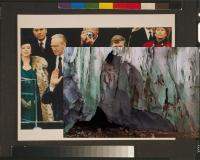

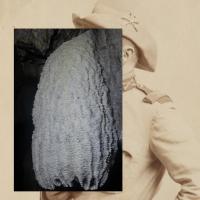
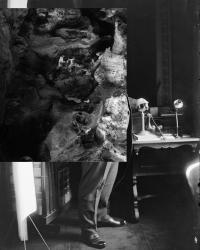

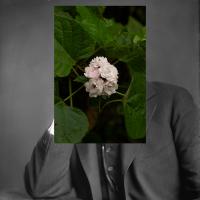
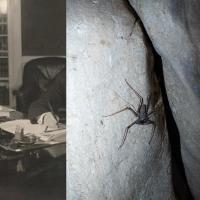
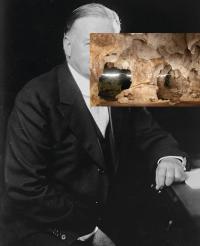
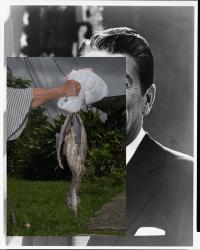

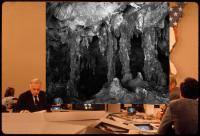













Der Greif X MPB: Behind the Image with Ramón Miranda Beltrán
Der Greif in partnership with MPB presents Ramón Miranda Beltrán, Guest Room Scholarship winner
Der Greif and MPB introduce Ramón Miranda Beltrán, scholarship recipient from our Guest Room “Sounds of Resistance", curated by KJ Abudu. Beltrán merges conceptual rigor with material experimentation, often transferring photographic images onto concrete surfaces to create what he calls “photographic frescoes.” His work critically engages with colonial histories, political violence, and collective memory, often through minimalist yet emotionally charged installations. In response to the “Sounds of Resistance” Guest Room theme, he presented “Walk Away to Save Your Face,” an ongoing series that juxtaposes archival portraits of U.S. Presidents – from the 1898 U.S. invasion of Puerto Rico onward – with his own photographs of the island’s natural landscapes and fauna, drawing from The Library of Congress archives.
This format is brought to you in partnership with MPB, Europe’s top camera reseller.
Der Greif: Can you tell us the story behind your work selected for Guest Room?
Ramón Miranda Beltrán: William McKinley gave the order to invade Puerto Rico in 1898, with the impossible intention of capturing by force the territory, flora, and fauna of the archipelago (Puerto Rico, Vieques, Culebra, and Mona Island). Since then, 127 years have passed, along with 32 presidential terms and 22 United States presidents. “Walk Away to Save Your Face” is an ongoing series of new artworks made from photographs of U.S. presidents since 1898, gathered from the Library of Congress archives, alongside photographs I’ve taken of Puerto Rico’s natural landscapes and fauna. I cover the presidents’ faces with images of rock formations, mountains, foliage, rivers, oceans, and the island’s fauna. These works deface the portraits – they are an iconoclastic exercise, artworks made to flood and bury twenty-two commanders-in-chief under nature.
DG: Can you expand on the themes that your photographic work explores specifically?
RMB: I've been exploring how photography constructs subjecthood – through the photographer, the subject, and the viewer. By experimenting with these roles, I investigate aesthetic strategies that shape my work. In one approach, I create double exposure portraits, pairing individuals with objects they believe offer protection, allowing images to circulate while shielding subjects from public scrutiny. The series presented here takes a more confrontational stance: I overlay images of Puerto Rican landscapes onto appropriated portraits of U.S. presidents. This iconoclastic gesture challenges the state's illusion of control, exposing the limits of representation in capturing the complexity of lived reality.
DG: What is the biggest challenge you have faced in photography?
RMB:For me, the greatest challenge has been the cost of equipment and film. From its inception, photography has been shaped by technological innovation, but access to these tools has always been determined by economic privilege. The camera, often seen as a democratic device, remains inaccessible to many – its promise limited by structural inequalities.
DG: Who are some photographers who inspire your work?
RMB: I’d mention Deana Lawson, Paul Mpagi Sepuya, Juan Brenner, Cady Noland, Gabriela Báez, Pablo Guardiola, Chris Gregory, Coral Silva, and Elle Pérez.
DG: What are you working on right now?
RMB: I’m currently working on a new series of sculptures made from carved wood. I’d like to explore how they might interact or integrate with the photographs I’m currently taking.
DG: What kind of gear do you work with?
RMB: I’m using a Canon 5D Mark II that Sean Lamoureux kindly sent me after my Nikon D850 drowned in an underground river.
DG: What was the first camera you ever used?
RMB: My father’s Canon A2.
DG: What do you value in your camera gear today? Any thoughts on used gear?
RMB: Used gear is the only way I can afford to make images with a camera. I value durability and high-quality construction—gear that can last through a lifetime of image-making.
DG: Can you tell us what this scholarship means for you?
RMB: I deeply appreciated the opportunity to exhibit alongside and engage with the work of the other selected photographers. Having curator KJ Abudu see my work and, in a sense, become an interlocutor has been especially meaningful. None of this would have been possible without the open call – and the accessibility made possible through the fee waiver. Being able to work with a D850 again after losing mine feels like a dream realized.
In partnership with our Guest Room partner